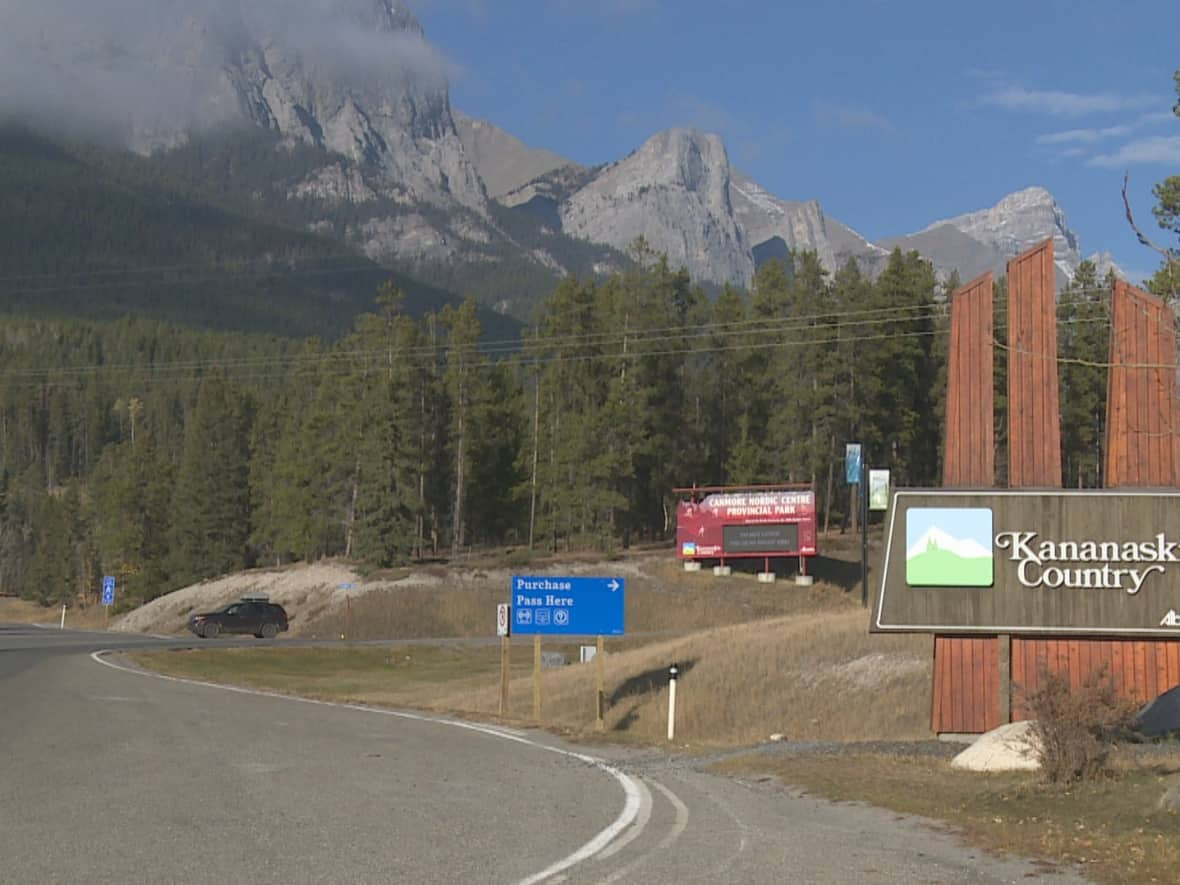Cars and Kananaskis moss: researchers find evidence of vehicle emissions in ecosysyem

The moss in Kananaskis has a story to tell.
Researchers have been using the plant to study whether nitrogen from visitor vehicles has been seeping into the local plant population in the Alberta provincial park.
These sorts of studies have been done before but in populated areas like European cities, where vehicles are moving through in high volumes.
In Kananaskis, researcher Ann-Lise Norman said they weren't sure what levels of vehicle-contributed nitrogen they would detect in moss, if any.
"I really thought we might not get anything," Norman said.
"We started to work with nitrogen isotopes and crossed our fingers — and then 20 years later found out that it worked."
Located west of Calgary, Kananaskis is a popular outdoor destination that many visitors access by hopping in a vehicle. Driving to a trailhead for a day hike or another wilderness excursion is something many don't think twice about.
But biological scientist Mary Reid, a professor emeritus at the University of Calgary, was interested in drilling down to understand how that norm, driving into a provincial park, might affect the environment.
As part of a field course through the environmental science program at the U of C, researchers and students were able to return to the same area in Kananaskis, year after year, and collect moss to study.
"It's really looking at an underappreciated component of the impact that people have on natural environments, which is the emissions that are produced by the vehicles of people accessing natural areas," Reid said.
"In an area that seems very pristine, do we actually detect inputs from vehicles into that ecosystem?"
Moss a natural air quality sensor
The biggest help in answering that question was already growing in Kananaskis: the moss.
Moss, Reid explained, doesn't get its nutrients from the soil. Instead, it draws from the air.
"So they can be used as biomonitors," Reid said. "They're sitting out there day in, day out, in that environment and we can see what they're taking in and use that as a measure of air quality."
Researchers then examined isotopes of nitrogen to differentiate between naturally occurring nitrogen and the nitrogen from vehicle emissions.
Back in 2003, when the research began, Alberta Transportation logged 783,400 vehicles travelling into Kananaskis. In 2019, when the study ended, there were 1.1 million vehicle trips detected.
Vehicle-derived nitrogen found in Kananaskis moss
By harvesting the plant and cross-referencing the nitrogen with provincial traffic data, a correlation appeared.
While the amounts of nitrogen Reid said they detected pales in comparison to some other studies, it still moved up and down with the number of vehicles every year they tested.
The discovery that moss can detect vehicle emissions, even on a smaller scale is exciting, Reid said. It means that human impact can be studied this way in protected areas.
"Other spots might be seeing an even greater effect," Reid said. "Maybe even right next door in Banff."
Implications need more research
Reid said the next steps would be to now study the possible impacts these levels of introduced nitrogen are having on the Kananaskis region.
Natural environments that introduced nitrogen could change what types of plants thrive, which can affect whether native plants can survive. It could also affect the animals that feed on those native species.
"If these areas are being protected for their natural communities that are unique or special to this region, we really don't want to start altering that and bringing in more nitrogen-loving plants, which are often invasive plants that are coming in from elsewhere," she said.
"So we should be mindful of those effects and assess whether they're actually altering the very thing we're trying to protect."


